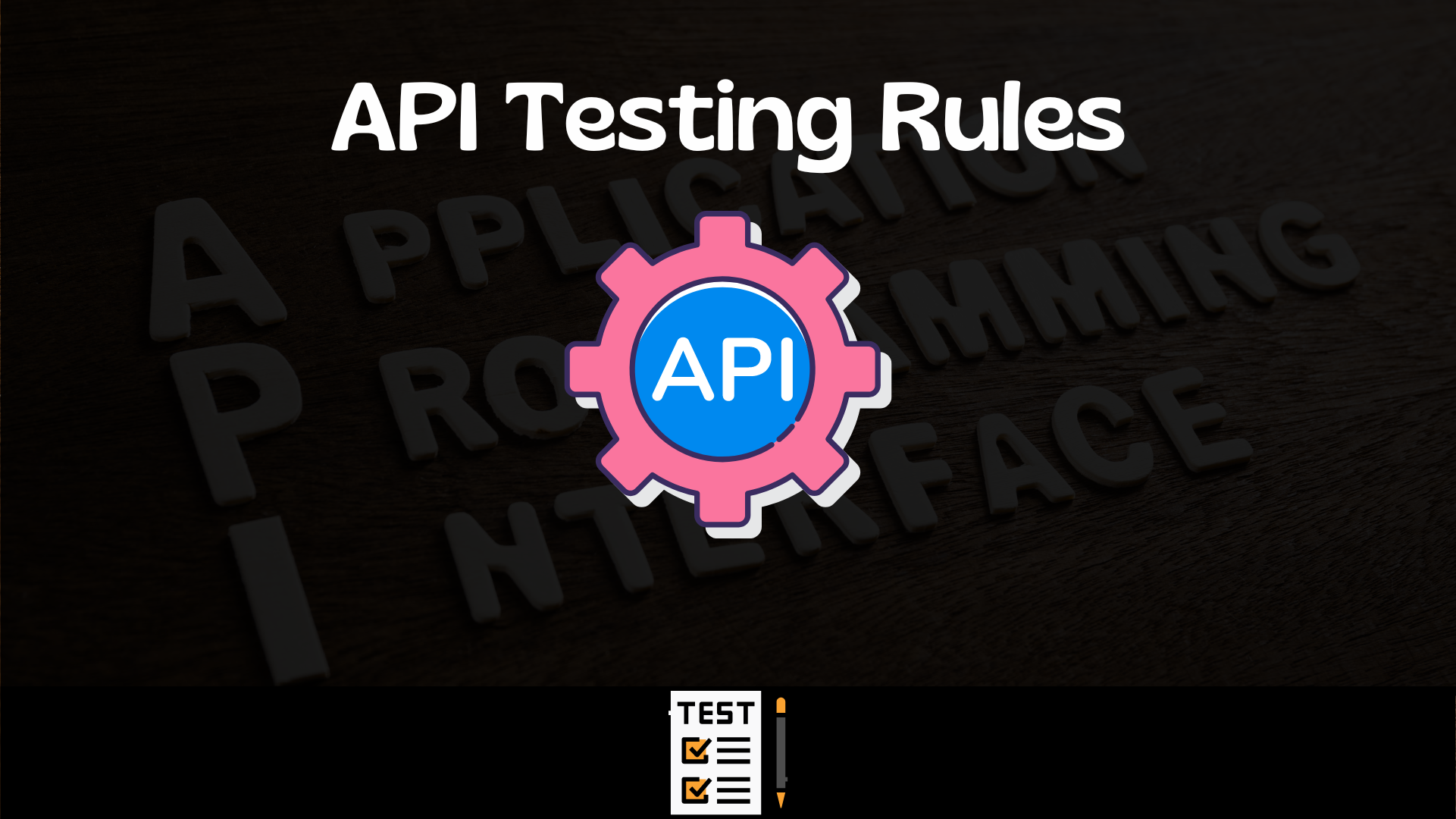In this digital age, APIs have become the cornerstone of how data is shared and processed.
But many users are often unaware of the fact that they are putting their trust in an API and not a person.
This is why it's important to leverage API testing techniques to ensure that every aspect of your website or application works as expected.
Why API Testing is Important
My first interaction with APIs was while working on a personal project, a VirtualAssistant. It required me to fetch real data from third party apps.
As a beginner, the knowledge I acquired was mainly from tutorials I had watched which basically covered how to GET, POST and DELETE data. I didn't know that there were rules that I should follow while working with APIs.
But as time progressed I came to understand the importance of APIs and the major role they play in the daily applications of a developer's job.
Mastering the rules is an essential step in learning about APIs. Most applications today are made up of pieces of software, each of which needs to be tested in its own way.
There are always new and exciting ways to test an application – and we're not just talking about checking for bugs here. It's more about the app functionality.
As technology continues to advance, the trends related to how to test these applications will also change.
In this guide, we will be discussing the trends that apply to the testing of APIs, how they differ from other types of testing, tools we can leverage when it comes to testing APIs, and how you can stay on top of your game when it comes to API testing.
First, let's get an understanding of what we mean by APIs.
What is an API?

APIs are designed for developers to use. They are, in essence, a coding tool that allows your application to communicate with other applications. APIs allow you to integrate third-party applications into your work or use your own data and processes in the cloud.
The functionality of any application is defined by the connection it has with the outside world. For this reason, connecting your application with APIs becomes very helpful.
In today's development process, APIs have become an essential part in web and mobile applications. They enable communication of different components of these systems and help you access data and services.
A very important thing to keep in mind is that when dealing with APIs, you need to be sure everything works properly and that you get the correct feedback before integrating them into your applications. That's why testing them is essential.
For this reason, a vital part of testing any type of software requires evaluating whether or not there's a way the app can be broken. In order to ensure a certain level of continuity when using an API in multiple ways simultaneously, you need to conduct API testing.
Now that you have an understanding of what an API and why testing it is important, let's clarify what exactly might we mean by this – is there more to the term testing?
What is API Testing?
API Testing is a process that checks that an API adheres to the given
requirements. Achieving this goal is not an easy task and there are many ways in which a tester can go about doing it effectively.
You can conduct API testing manually or automatically, and it is often considered a part of integration testing.
- Manual API testing involves directly interacting with the API using tools like Postman, API Tester or any other available online tools.
- Automated API testing uses specialized software to send requests to the API and then compares the results to the expected behavior.
API testing is important because it helps ensure that the various components of a system are working together as expected. By verifying the functionality of the API, you can be confident that the system as a whole will function as intended.
API Testing Tools
You can use API testing tools to test the functionality of an API. They can help you test the performance of an API, as well as to check for security vulnerabilities.
There are a number of different API testing tools available, each with its own advantages and disadvantages. Some of the most popular API testing tools include SoapUI, Postman, Runscope, and API Tester.
API Testing Principles
Having a set of standard rules is the best way to ensure the quality of your APIs and their implementations. You can apply these rules during testing, coding, and development, as well as in production.
Here are some principles that you should keep in mind:
- API testing should be a part of your continuous integration and delivery pipeline.
- API tests should be easy to maintain and write.
- A well-designed API will make your tests easier to write.
- You should test at the boundary of your system.
- Keep your tests small and focused.
- Make sure your tests are deterministic.
- Run your tests in parallel for speed.
- Use the available and freely accessible tools to simplify API testing.
How to Start API Testing
There are many different types of tests you can perform on your APIs:
- Functionality tests focus on ensuring that the API is able to perform its intended functions.
- Performance tests measure the response times of the API and check for bottlenecks.
- Security tests assess the vulnerability of the API to attack vectors such as SQL injection and cross-site scripting (XSS).
To get started with API testing, you will need to have access to an application with an exposed API. You will also need to choose a method for sending requests to the API (manual or automated), and select a tool or framework for writing your tests (if using automated testing).
Once you have these things set up, you can begin writing your test cases and running them against the API.
API Testing Tips
API testing can be a challenge, but regardless of the tools you decide to use here are some tips that can help:
- Make sure you have a clear understanding of the API before you start testing. Read the documentation and any other available materials. This will help you know what to expect and how the API should work.
- Use API testing tools: This will give you a better understanding of how the API works and make it easier to find any issues.
- Test all aspects of the API, including input validation, error handling, and security. These are all important factors in ensuring that your API is working correctly.
- Keep your tests up-to-date as the API changes. This will help ensure that you catch any new issues that may arise.
- Use mobile apps for API testing. Things are changing all the time these days, where many people are working remotely, and from their phones too. By using mobile apps you can increase your productivity, become more mobile, and work from anywhere in the world. A good example of such a tool is the API Tester.
By following these tips, you can help make sure that your API testing is effective and efficient.
Conclusion
API testing is a key part of ensuring the quality of your software. By following these highlighted rules you will be able to ensure your tests are functional, secure and have a reliable performance.
This will in turn help you improve the overall quality of your software applications and provide a better user experience.

